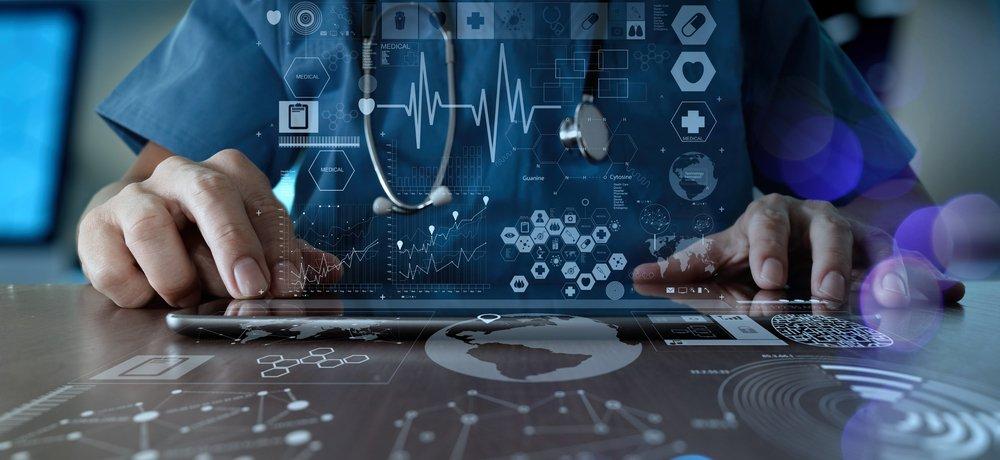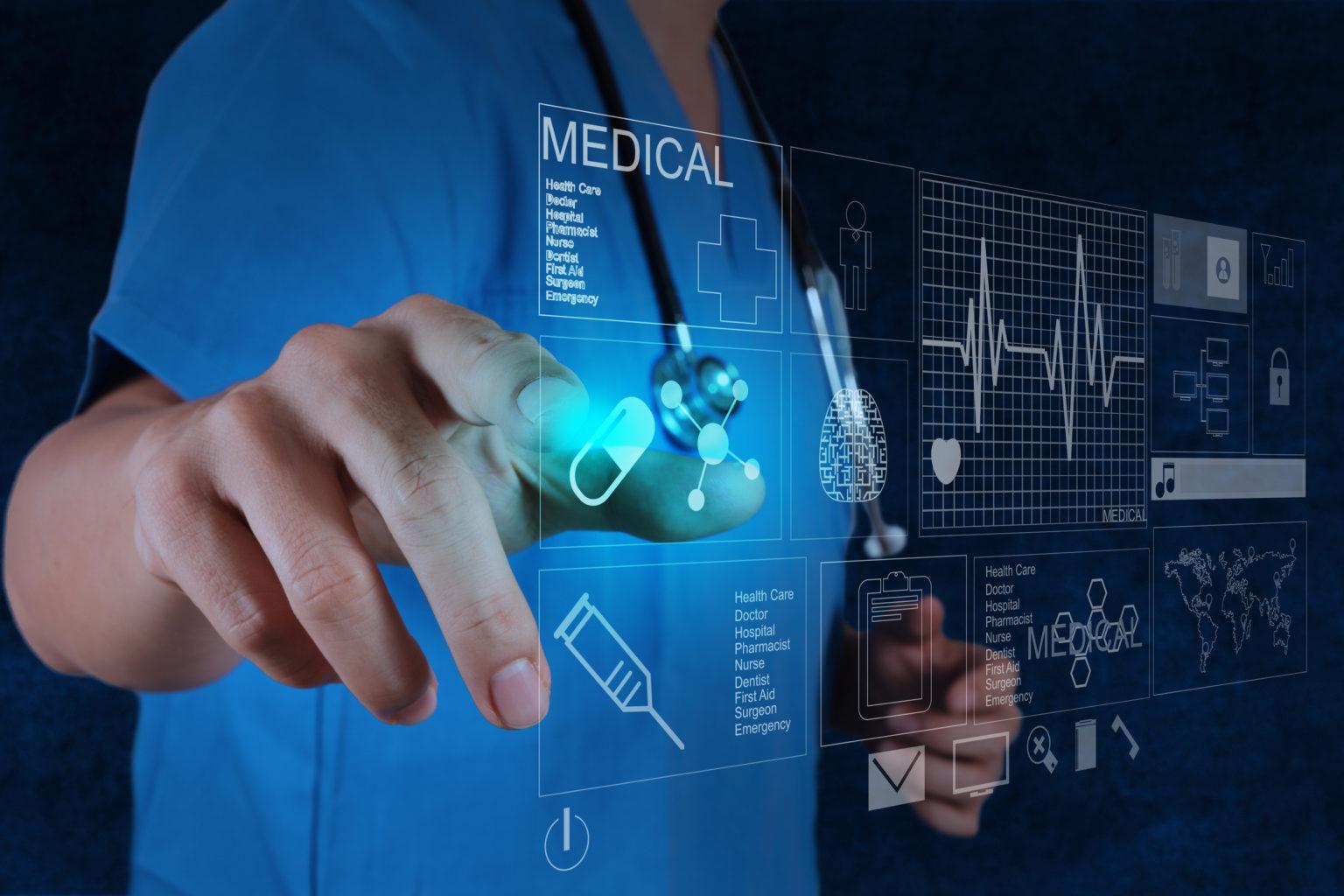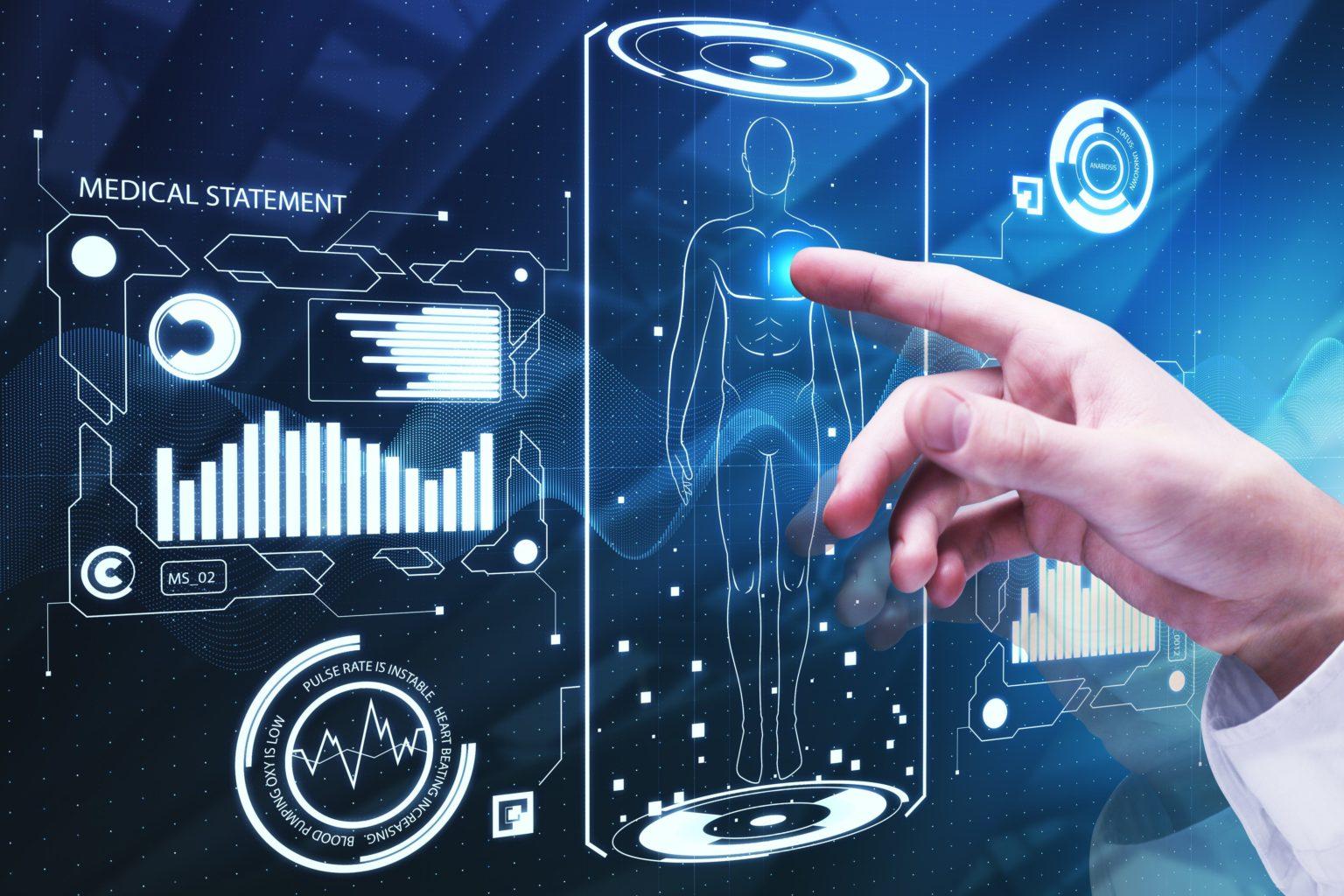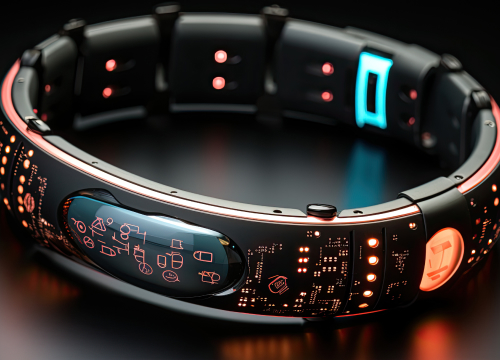
How Custom Healthcare Software Development Ushers in The E-Health Future

Life expectancy has doubled since 1900, and the cost of medical technologies has dropped down many times over. Today, DNA analysis, for example, is thousands of times cheaper than it was when the technology appeared.
Like any other human activity, the healthcare sector goes hand-in-hand with technical progress. Medicine has no other option but to go digital together with anything else. That’s why healthcare software development keeps evolving in response to challenges posed by overpopulation, sedentary lifestyle, artificially created viruses, information overload, and other modern threats to people’s health.
Digitization is obviously occupying the healthcare sector. Electronic medical records became a norm among contemporary physicians according to Statista. The market size of medical imaging analytics software is expected to reach $4.26 billion by 2025.
The present post explains how the healthcare sector can benefit from custom healthcare software development in the light of some key current healthcare technology trends.
BASIC AREAS OF MEDICAL SOFTWARE
In general, all healthcare software solutions can be conditionally divided into two big groups:
Hospital-centric software
This group includes solutions applicable to various sorts of in-hospital activities. They all are aimed at making hospital workflows more comfortable and efficient. Both physicians and hospital staff can benefit a lot from the improved hospital management that is getting smarter with such software products.

It seems all available healthcare software development vendors would seek to get to this niche since it promises rich financial capabilities and organizational coherence inherent in the corporate business. The most common types of hospital-centric software are the following:
- Electronic Health Records. The solutions reduce paperwork by digitizing databases with medical histories. They facilitate both decision-making for physicians and access to health records for patients. Some ready-to-use solutions of such a type include Kareo Clinical, Meditech, and DrChrono.
- Medical Imaging Software. CT scans, MRI images, and x-ray visualizations all belong to what medical imaging software is created for. Besides, to cover this specific domain healthcare software development services should include quite a deep expertise in 3D modeling to create anatomically accurate models for surgical procedures. Arterys, Aidoc, and Osirix Dicom Viewer are examples of MIS solutions.
- Medical Billing Software. In most developed countries, the healthcare sector belongs to commercial activities where financial accountability is crucial. Invoicing, insurance issues, patients’ financial verification, and other billing and accounting procedures constitute the features of MBL software. CollaborateMD and Medical Billing Solutions are examples of out-of-the-box accounting software for hospitals.
- Hospital Management Systems. The software helps complete various hospital tasks such as inventory management, staff control, claim processing, and the like. Many companies engaged in custom healthcare software development consider this type of software the easiest to create since the development of such ecosystems does not require understanding purely medical specifics. EHealthFlex can give an idea of what HMS solutions imply.
Patient-Centric Software
In contrast to the previous solutions, software products of this group facilitate patients mostly. Truth be told, both hospitals and patience benefits from the solutions that can improve interactions between those who need medical treatment and the ones who provide it. Hence, any healthcare software development company that plays in this field seems to be following a win-win strategy.
The below-mentioned sub-groups constitute patient-centric solutions:
- E-prescribing applications. How odd it may sound, not patients but physicians use such applications to avoid medication errors. Physicians can track and control how patients follow their medication prescriptions via the applications. ScripSure, iPrescribe, and DrFirst are examples of e-prescribing software.
- Telemedicine solutions. Online chats, calls, and video sessions constitute the means of telemedicine options that help patients meet doctors remotely. In the present days of COVID lockdowns, telemedicine is on the hype. Statista predicts the telemedicine market will reach $41 billion by 2026. Doxy.me, AMC Health, and Mend are among the telemedicine solutions.
- Appointment software. This is another type of software tool aimed at making communication between patients and hospitals more comfortable. The solutions demonstrate that software development for healthcare systems does not differ too much from the one applied to other sectors. Reducing waiting time in lines is what appointment software provides. Appointment Plus, DocMeIn, and Appointy are the solutions of such a type.
Both above-mentioned groups include ready-to-use software solutions, not tailor-made ones. The main (and, in most cases, only) advantage of such products is their availability or, in other words, out-of-the-box usability. Custom healthcare software development implies a different approach. We will get back to the pros and cons of such an approach after reviewing the most promising trends in the modern healthcare sector.
TECHNOLOGICAL TRENDS IN MEDICINE
The growing number of IoT-based devices per bed in hospitals, global adoption of cloud services, healthcare-centric AI & Big Data, and mitigation of leakages of patients’ personal information are among the issues to be considered the burning trends in healthcare technologies.
Let’s see how healthcare software development could deal with the trends.

IoT Devices, AI & Big Data
Various body-sigh tracking devices compose a special segment of the IoT that is balancing between purely medical tools and day-to-day consumer wearables. Tracking of such body signs as heart rate, blood pressure, and VO2 max (oxygen consumption) is becoming a must-have feature for modern smartwatches and fitness bracelets. Tracking, processing, and analyzing the data collected with body-sign gadgets offer numerous opportunities for healthcare application development.
By using AI and Big Data the famous supercomputer IBM Watson has analyzed about 30 billion medical images to create an algorithm of detection of brain cancer with 90% accuracy. This emblematic use case hints at the next level of medical diagnostics achievable with the AI-based software development for healthcare systems.
Both the AI-based diagnostics and medical IoT devices enable remote processing of various data in the healthcare sector that is especially relevant to the present days of the recurrent COVID pandemics.
Cloud Systems & Data Security
Numerous healthcare facilities are shifting to clouds since their on-premise systems fail in providing various medical departments with equal access to up-to-date information. Another reason for changing old on-premise databases for cloud solutions lies in data encryption. Many cloud service providers are implementing the most advanced technologies of data security.
In many cases, achieving the same level of protection of sensitive healthcare information with on-premise systems seems problematic and more expensive. Those healthcare software development vendors who have sufficient proficiency in cloud solutions can make good deals in this field. Sirin Software is a professional cloud development vendor having numerous relevant success stories from customers.
3D-Bioprinting & Smart Implants
One of the most famous American futurists Raymond Kurzweil supposes that the global healthcare sector will meet a boom of 3D-bioprinting in the nearest perspective. Thus it will be possible to print almost any human organ with special 3D bioprinters. What’s notable is not the available 3D-printing technology is to move forward but the special cellular printing materials are expected to appear.
The forecasts of Mr. Kurzweil hint at some special firmware that should be developed for the existing 3D-printing hardware. That’s why healthcare software development services should focus on both electronic engineering and firmware development to participate in the future 3D-bioprinting sector.
Another prominent futurist of these days Elon Musk believes that cyber-implants capable of connecting human brains with computer systems can lead medicine to the future. In August 2020, he showed some prototypes implanted in pigs. Since Mr. Musk is one of the richest entrepreneurs of the present, nothing tells that the represented technology is just his wishful thinking.
Although the brain implants belong to the future, many available smart prosthetics work well today. Modern artificial limbs consist of precision mechanics controlled by microcomputers. Engineers from Sirin Software believe that the combination of hardware and software in the hi-tech prosthetics offers a wide field to play for custom healthcare software development.

ADVANTAGES OF CUSTOM HEALTHCARE SOFTWARE DEVELOPMENT
In contrast to the majority of out-of-the-box software solutions, the custom ones are not designed to cover all possible healthcare use cases. They avoid overloading user interfaces with redundant features. Any one-fits-all solution is not about healthcare: a gynecological clinic has little in common with dental surgery in terms of both workflows and therapies.
Tailor-made healthcare applications usually focus on several specific functions particularly important for one or another group of physicians. They can provide hospitals with uncommon reports, unique algorithms of patients’ data processing, highly specialized synchronization with third-party software products, as well as with other properties developed upon request.
Custom healthcare software development helps medical facilities meet the challenges especially relevant to their specific domains. Besides, individually created healthcare applications can offer people what the so-called predictive healthcare implies: tracking body parameters to control treatment progress along with preventive measures leading to a healthy lifestyle.
CONCLUSION
The future e-health industry is rooted in the current healthcare software development. Such hi-tech achievements as 3D-bioprinted backbones and remote AI-based cancer diagnostics are barely possible without custom healthcare software solutions. The recurrent COVID lockdowns make cloud-based patient databases and telemedicine apps extremely relevant in the emerging era of “remote everything”.
Healthcare is a science-intensive sector having numerous specific domains. All of them are going digital according to the latest technology trends. That’s why healthcare application development is stepping into a wide array of niches where expectations of both physicians and patients can be satisfied with tailor-made software products.
Contact us today if your project needs professional support from an experienced healthcare software development company.



